
OR
World Leprosy Day
Eliminating leprosy and its stigma
Published On: January 31, 2021 07:00 AM NPT By: Dr Pallavi Koirala
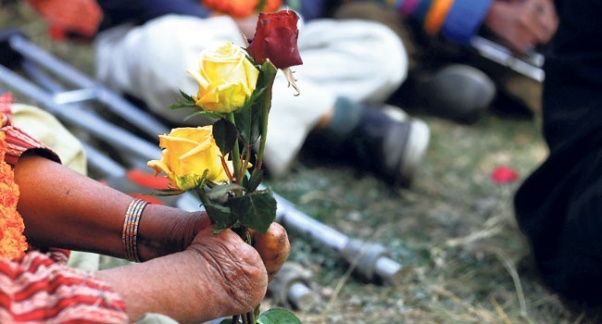

Dr Pallavi Koirala
The author is a junior resident at College of Medical Sciences, Bharatpurkoiralapallu@gmail.com
People who are suffering from any kind of disability from leprosy should be provided with employment to help them live an independent life.
I have a vivid memory of an old woman who lived in a village of my grandparents. Since I was quite small, I couldn’t understand what happened to her then. She mostly remained isolated and had dysmorphic features. Nobody touched her or even went nearby forcing her to live a life of an outcast.
I’d often overhear people whispering that her condition was due to some “past sin” committed by her (deuta lageko ). Something inside me did not feel right about what people were saying about her even then but I was clueless about it myself and so I also kept a distance from her.
To this day, her picture flashes in my mind whenever I read about leprosy. Had she been treated on time, she would have led a normal life.
The story of this old woman represents the stories of millions of other people in our country. It reflects how leprosy is stigmatized in Nepal. The effect of leprosy is generally exacerbated by the false stigma towards this disease.
What is leprosy?
Leprosy is one of the oldest recorded diseases in the world. Leprosy is an infectious disease caused by a bacillus Mycobacterium Leprae. It multiplies very slowly and the incubation period is five years. Symptoms appear gradually within one year and can take as long as 20 years to occur. It affects various organs of the body like skin, peripheral nerves, upper respiratory tract and eyes. It can cause permanent damage to the organs if not treated in time. It is transmitted via droplets from the nose and mouth during close contact. It is curable and if treated early can prevent disability.
Eradication of leprosy worldwide is a realistic goal. Every year World Leprosy Day is celebrated on the last Sunday of January worldwide on January 31, 2021. This day is to raise awareness of the disease most of us have forgotten because it is in its elimination phase and people believe it to be extinct. Various programs are carried out in our country at national, district and provincial levels.
Even after the declaration of elimination of leprosy in 2010, the number of cases in Nepal is increasing. At the end of FY 2075/76 (2018/19), 2921 leprosy patients were receiving Multidrug Therapy (MDT) in Nepal, which makes registered prevalence rate of 0.99 cases per 10,000 population at the national level. This rate is below the cut-off point of 1 case per 10,000 population set by WHO to indicate the elimination of leprosy as a public health problem. The highest prevalence rate is seen in Province 2 (1.93 cases per 10,000 population) followed by Province 5 and lowest prevalence is seen in Gandaki Province (0.40 case per 10,000 population). This shows that Nepal’s elimination status from 2009 is being sustained.
Elimination efforts
There has been much progress in recent years like free availability of leprosy drugs (MDT), capacity building programs for media persons, village health promoters, social workers, nursing staffs, training programs for doctors, early case detection and recording, reporting and leprosy update validation, provision of primary, secondary and tertiary care at referral centers, prevention of disability in leprosy and rehabilitation service among others. These initiatives have played a significant role in elimination of the disease.
The government has taken initiative in achieving elimination status in all districts. In 2019, the government planned to do in-depth review of the National Leprosy Program envisioning roadmap to Zero leprosy in Nepal by 2030. The goal of the program is to end the consequences of leprosy including disability and stigma. The objectives include expanding services for early detection of leprosy cases at health facility, focusing on high prevalence districts through Enhancing Selected Diverse Approaches (ISDT), initiating post-exposure leprosy prophylaxis to family members and neighbors and achieving the surveillance performance indicators.
Along with the medical consequences this disease also has social consequences which should be managed with the holistic approach. Countering social stigma and ostracism is even more daunting. Mother Teresa said, “The biggest disease today is not leprosy or tuberculosis, but rather the feeling of being unwanted.”
WHO Global Leprosy Strategy 2016-2020 focuses on policies that promote inclusion and aim at ending leprosy-related discrimination, stigma and prejudice at the front and the centre of all leprosy programs, both as goods in themselves as well as powerful tools to achieve a leprosy-free region and the world.
In many literatures, leprosy stigma has been interpreted as the chief stumbling block for control and eradication of leprosy. Any attempt to eradicate the stigma will require a multifaceted approach. The vigorous community education and awareness has helped in changing the perception towards the disease to a large extent today. If treated in time, it can be cured completely and deformity/disability can be prevented.
People who are suffering from any kind of disability from leprosy should be provided with employment to help them live an independent life. We can only win this battle and eradicate this disease with intensive community participation and strengthening the health care management for the early case detection and immediate treatment.
You May Like This

120 new leprosy patients found in Bardiya
GULARIYA (Bardiya), Jan 31: A total of 120 new patients of leprosy have been found in the district, the District... Read More...

Leprosy on rise in Jhapa
JHAPA, Nov 12: Despite heavy investment, relentless efforts to control leprosy have failed to pay off in Jhapa. Leprosy is on... Read More...


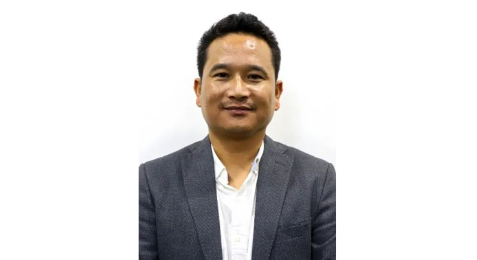

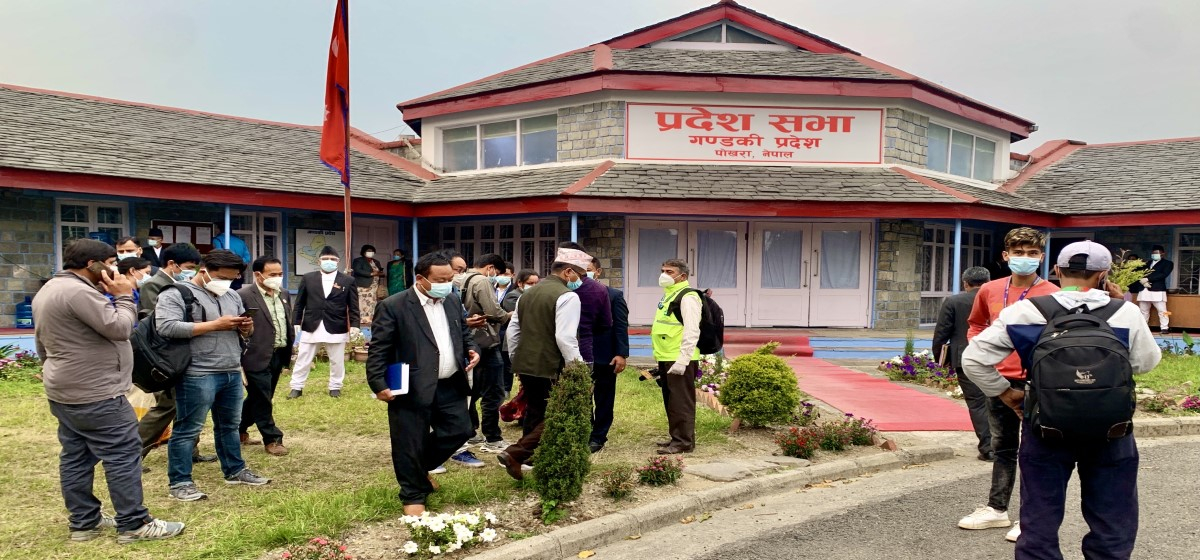

Just In
- Altitude sickness deaths increasing in Mustang
- Weather forecast bulletin to cover predictions for a week
- Border checkpoints in Sudurpaschim Province to remain closed till Friday evening
- Gandaki Province Assembly session summoned
- CM Karki to Speaker: Resolution motion for vote of confidence unconstitutional
- EC reminds all for compliance with Election CoC
- 13 killed, several injured after strike at Al-Maghazi refugee camp in Gaza
- NA team leaves for Solukhumbu to launch Clean Mountain Campaign







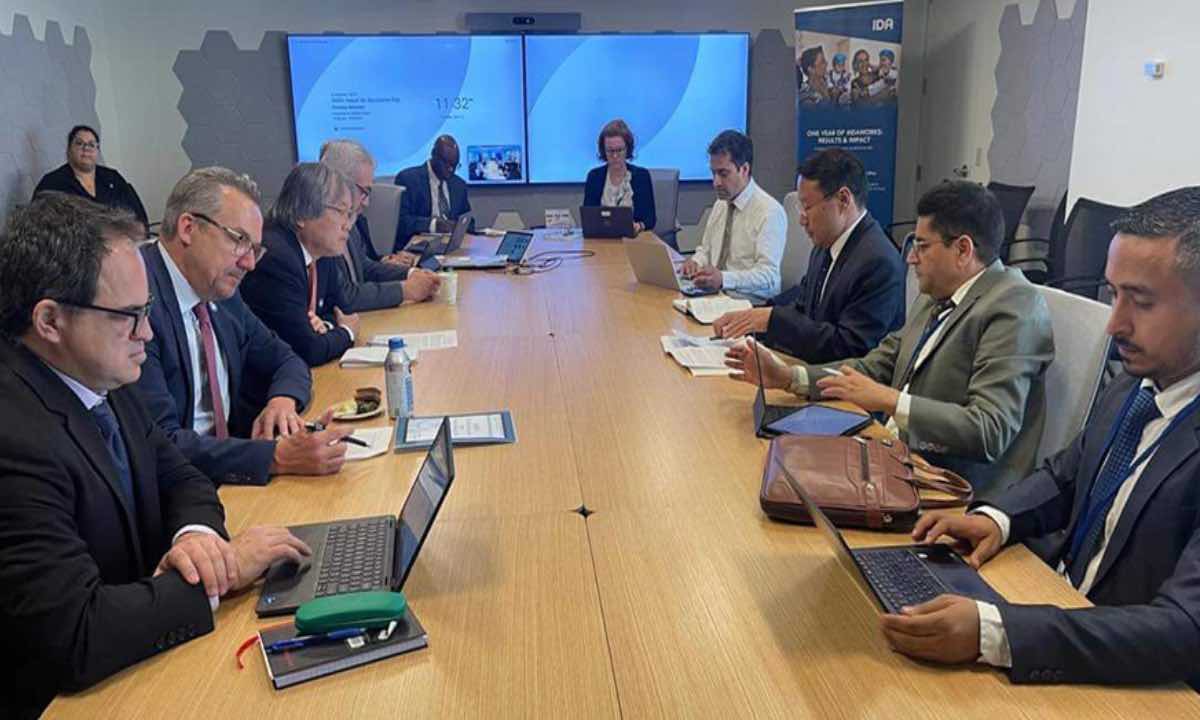

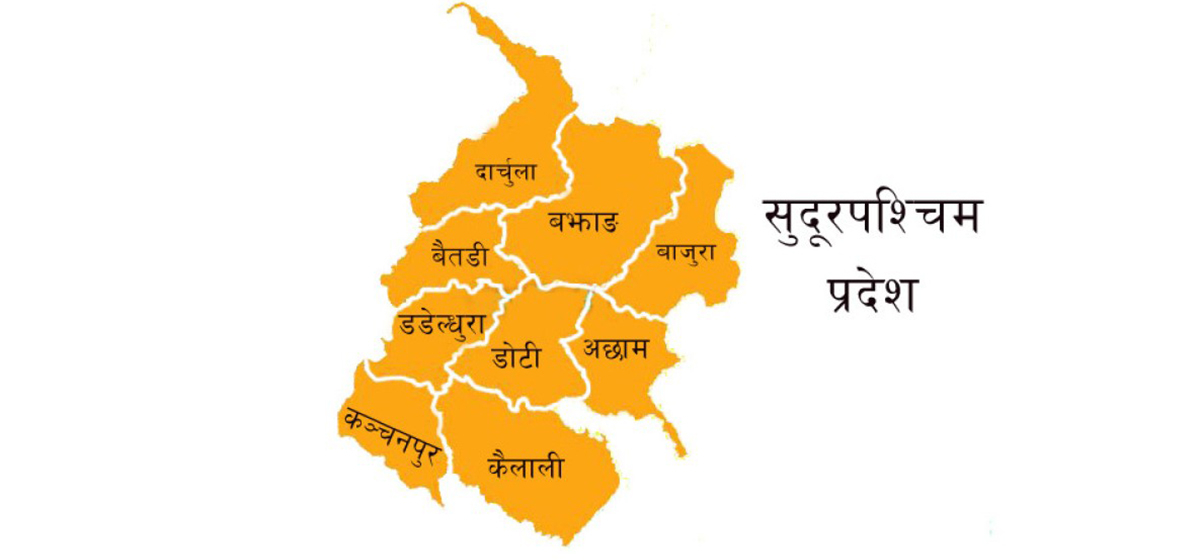
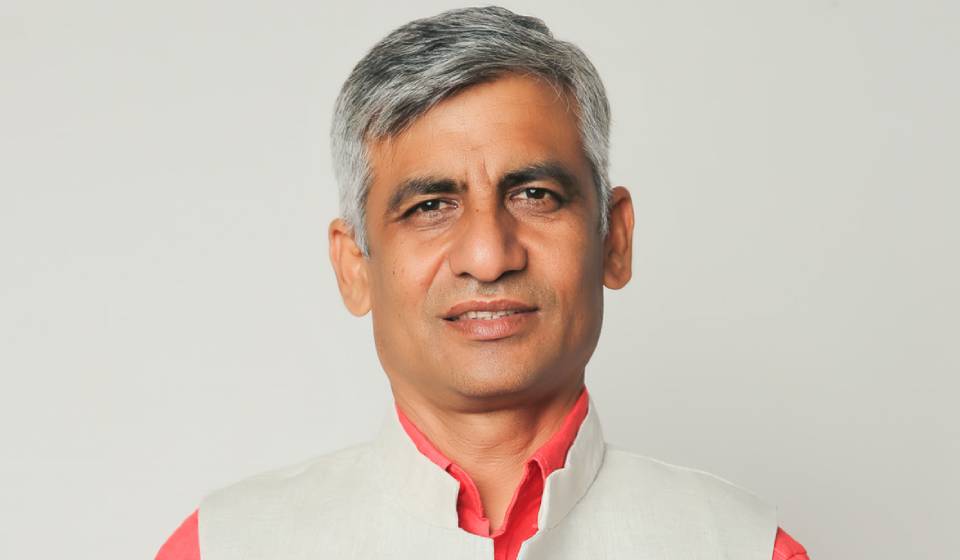


Leave A Comment